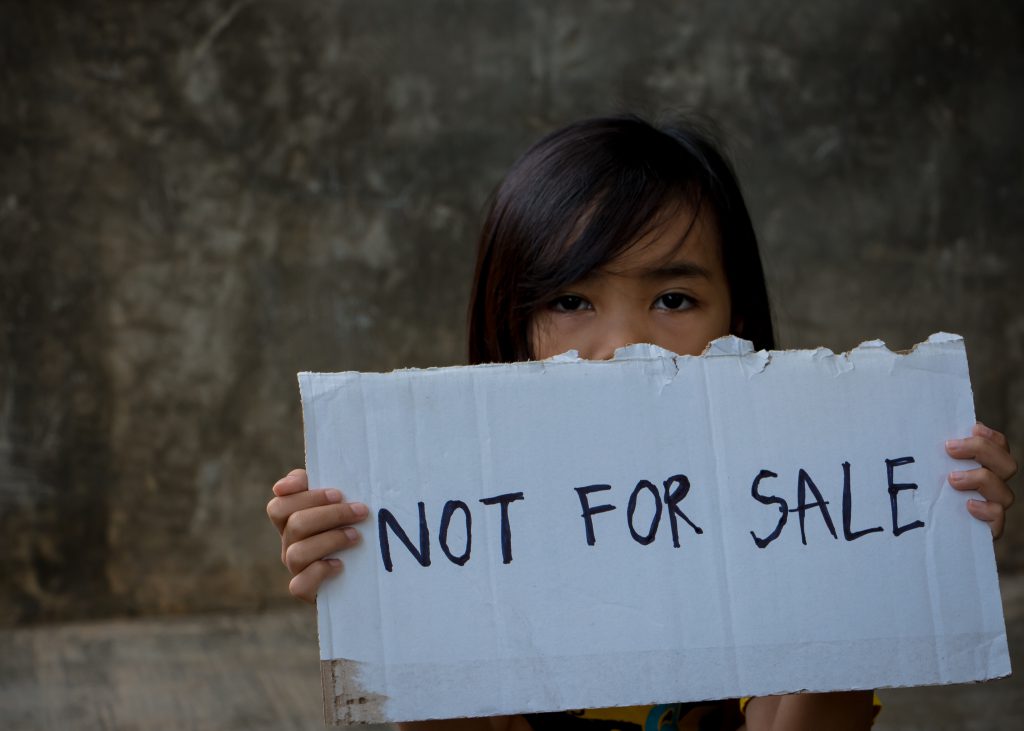Be Aware about Child Trafficking!!
What is child trafficking?
Child trafficking is the recruiting, sheltering, transportation, supplying, procuring, sponsoring, or soliciting of a minor for compulsory labor, commercial sex, or coerced criminal conduct. Sex trafficking is the most common kind of child trafficking in the United States. Exploitation occurs when a minor admits to exchanging sex acts for fundamental survival needs.
The sexual exploitation of juveniles, including forcing or coercing them to engage in commercial sex acts such as prostitution or the production of pornography, is known as sex trafficking of children. Sex trafficking victims are more likely than other categories of trafficking victims to seek medical help.
The use of force, deceit, or coercion to coerce minors into involuntary servitude, peonage, debt bondage, or slavery is known as youth labour trafficking. Older children and teenagers who are compelled to work without pay are the most common victims. Victims are frequently foreign nationals, and their parents or guardians may be victims of labor trafficking as well.
Minors who are forced to commit crimes such as robbery, panhandling, or creating and trafficking illicit narcotics are said to be forced criminals. Rather than being labeled as victims, trafficked individuals who are compelled to commit crimes are frequently mistaken for criminals.
Who is trafficking children?
Middle-aged males of all races, social classes, professions, and walks of life are the most common traffickers and customers. Human traffickers are not the frightening, isolated creatures depicted in the media. They have the appearance of our neighbors, relatives, and coworkers.
We see children in vulnerable situations every day as nurses at Children’s Mercy, whether they are dealing with a sickness, an accident, or some other personal problem that is keeping them from being healthy, happy-go-lucky kids. There are occasions when nothing can be done to prevent a child from becoming ill or injured. Other times, prevention is the most effective strategy to keep children safe and healthy.
Child trafficking, the economic exploitation of children for sex, labor, or forced criminality, is one preventable issue we see far too often in our work. When we come across child trafficking victims in the health care setting, we do everything we can to keep them safe and get them on the road to recovery. However, survivors of human trafficking face a long and difficult journey with no promises. That is why we want to emphasize to parents and loving adults that preventing children from becoming victims of human trafficking is far more successful than dealing with the consequences.

How can parents protect their children from human trafficking?
Make and keep positive relationships with your children. Spend quality time together and communicate frequently. Because they are lonely, unhappy, and secluded, many victims of human trafficking are vulnerable. These vulnerabilities are reduced by strong parental bonds.
Early and often, talk to youngsters about healthy relationships and sexual development. To start the conversation, use tools like Futures Without Violence’s Teen Safety Card or the dating violence prevention website www. If you still feel uncomfortable, seek the help of a qualified health care provider, counselor, or therapist.
Be cautious when using the internet. Every popular app for kids contains traffickers. Know what your child is doing online and offer them instructions on what information is OK to publish and what information is not acceptable to post, as well as who to speak with (known friends only) and whom to block. When posting on social media, make sure you and your children switch off location services. Do not upload images that reveal what school they attend or where you live. Do not share photos of children in their swimsuits, underwear, or bathing. They should consider whether or not to use their real name online and whether or not to keep their social media accounts private.
Recognize the warning indicators of trafficking.
Withdrawing
Anxiety or despair that is new to you.
Self-harm
Anorexia nervosa
Changes in grades or school participation that occur unexpectedly.
A new circle of friends or a suffocating romantic relationship.
Unexpected large sums of money or new pricey gifts
Aches and pains that don’t seem to be going away
Infections are spread by sexual contact.






